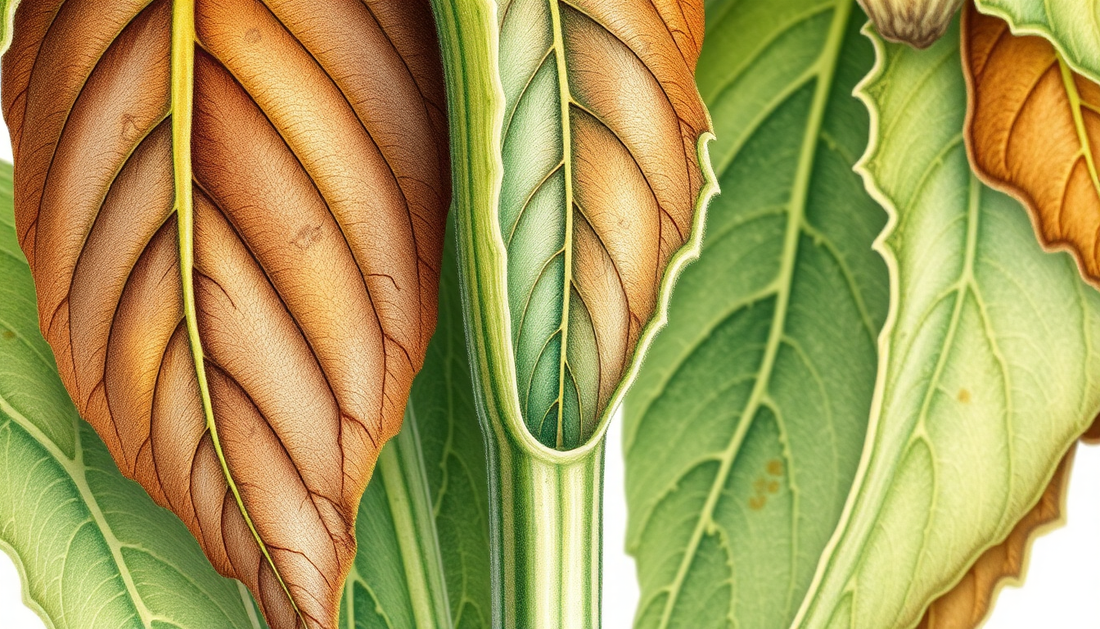
Why Are My Squash Leaves Turning Brown?
Share
As a gardener, there's nothing more frustrating than seeing your once-vibrant squash plants start to develop brown, wilting leaves. This common issue can have several underlying causes, but the good news is that it's often fixable with the right approach. In this blog post, we'll explore the reasons behind brown squash leaves and provide you with actionable tips to get your plants back on track.
Nutrient Deficiencies
One of the primary reasons for brown squash leaves is a nutrient deficiency. Squash plants are heavy feeders and require a balanced diet of essential nutrients to thrive. If your soil is lacking in key minerals like nitrogen, phosphorus, or potassium, your plants may start to show signs of distress, including discolored leaves.
To address this issue, consider applying a high-quality, organic fertilizer to your squash plants. Look for a formula that's specifically designed for vegetables and follow the application instructions carefully. You can also try amending your soil with compost or other organic matter to improve its nutrient content.
Overwatering or Underwatering
Improper watering can also lead to brown squash leaves. If your plants are receiving too much water, the roots may become waterlogged and unable to absorb the necessary nutrients. On the other hand, if they're not getting enough water, the leaves may start to wilt and turn brown as the plant struggles to maintain its moisture levels.
To find the right balance, check the soil moisture regularly and adjust your watering schedule accordingly. Aim to keep the soil consistently moist, but not soaked. If you're unsure, it's better to err on the side of underwatering, as squash plants are generally more tolerant of drought than they are of excess moisture.
Pest Infestations
Pests can also be a culprit behind brown squash leaves. Insects like squash bugs, aphids, or spider mites can feed on the leaves, causing them to discolor and wither. If you suspect a pest problem, inspect your plants carefully and take action to remove the offending insects.
You can try using organic pest control methods, such as introducing beneficial insects or applying a neem oil spray. Be sure to follow the instructions carefully and reapply as needed to keep the pests at bay.
Disease Issues
Finally, certain diseases can also lead to brown squash leaves. Powdery mildew, for example, is a common fungal disease that can cause the leaves to develop a white, powdery coating, which can eventually turn brown and die off.
To prevent and treat disease issues, make sure to provide your squash plants with plenty of air circulation, avoid overhead watering, and consider using a fungicide if necessary. Additionally, be sure to remove any infected leaves or plant material to prevent the disease from spreading.
By addressing the underlying causes of brown squash leaves, you can help your plants recover and continue to thrive throughout the growing season. With a little bit of care and attention, you'll be well on your way to a bountiful squash harvest.
